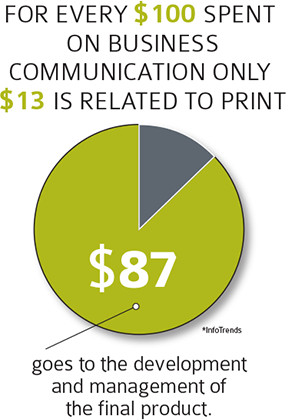As you seek to break through the marketing clutter, the more channels, the better. Pairings such as print with email, email with social media, and social media with print will result in higher response rates than any single channel alone. As you plan your efforts, you may wonder about the terms “omnichannel marketing,” “multichannel marketing,” “cross-channel marketing,” and “integrated marketing.” What are the differences between them? Is one approach better than another? Let’s take a look and find out.
Multichannel: Multichannel marketing involves using multiple marketing channels to interact with customers and prospects. Each channel operates independently in this approach, targeting specific customer segments without necessarily coordinating their efforts. For instance, a company might engage in email marketing, social media marketing, print advertising, and direct mailings, but these channels may not share information or synchronize their messaging.
Omnichannel: Omnichannel marketing takes the concept of multichannel marketing a step further by creating a seamless and integrated customer experience across all channels. The critical difference is that with omnichannel, data and insights from different channels are shared and used to personalize the customer experience. For example, a customer might start their journey with a direct mail piece, which drives the prospect to your website, where they put an item in their shopping cart. If they abandon the cart, they may receive a triggered “abandoned cart” email reminding them to log back in and finish the purchase. The customer's preferences and interactions are seamlessly integrated throughout this process, creating a smooth and cohesive experience.
Cross-channel: This means that the customer is moving from one channel to the other. Usually, the channels are integrated in some way. Scanning a QR code to download a coupon is cross-channel marketing. So is clicking through an email to access a product page on the marketer’s website.
Integrated: Integrated marketing refers to the strategic alignment of all marketing efforts, irrespective of the channels used. It goes beyond just coordinating various marketing channels and involves aligning all aspects of marketing, including branding, messaging, communication, and customer experience. Integrated marketing aims to ensure that every marketing touchpoint reflects the same brand values, positioning, and objectives. In this approach, marketing efforts are interconnected and work cohesively to reinforce the brand identity and deliver a seamless customer experience.
These programs may sound complicated, but we have the right software to make it easy. Want to execute a cross-channel, multichannel, or integrated marketing campaign for your customers? Let’s chat!



